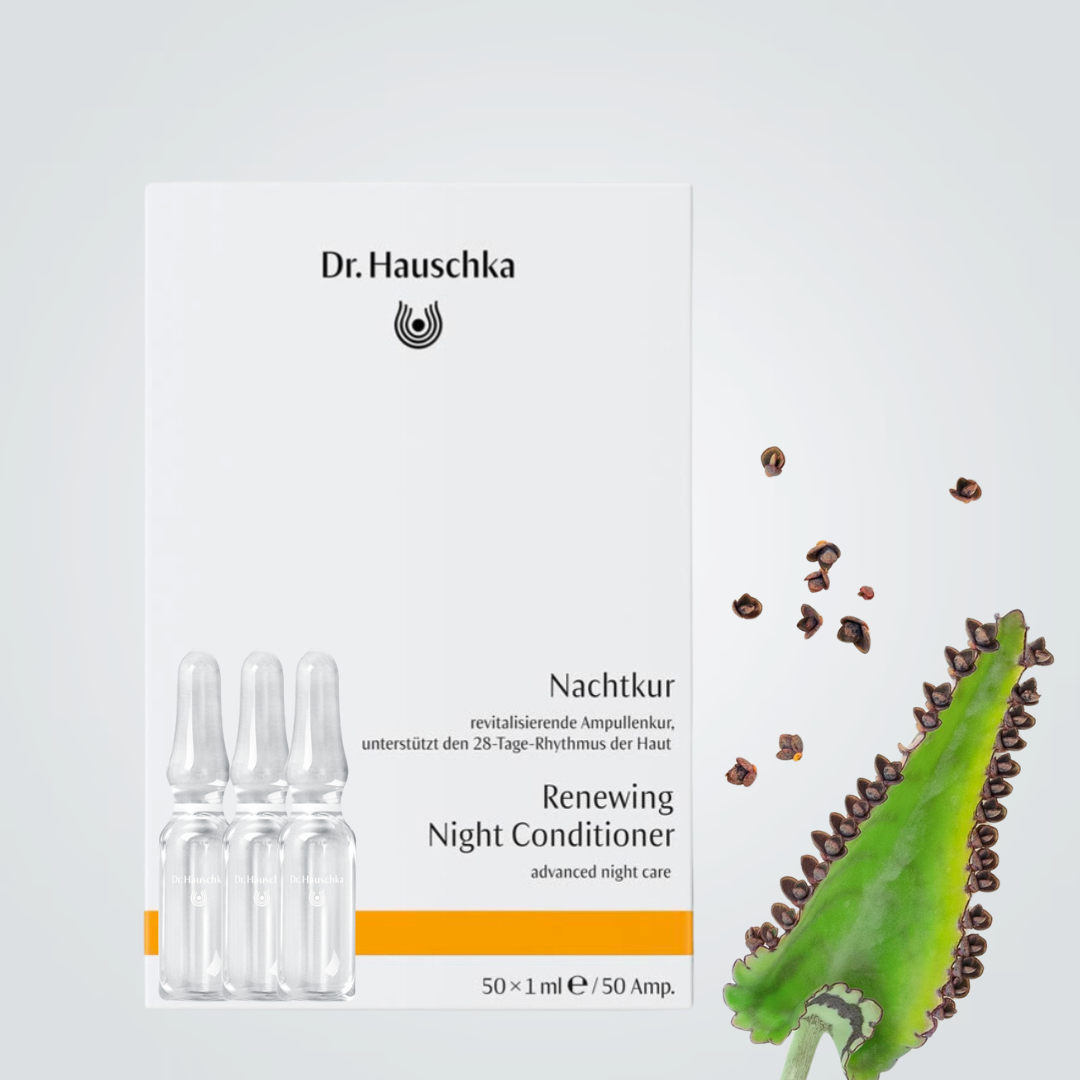
Hormonal vs. Bacterial Acne: Guide to Differentiating and Treating
Acne can be hard to understand. Sometimes red bumps come and go. Other times, they stay and hurt. This happens because there are two main kinds of acne which are hormonal acne and bacterial acne.
They don’t look the same as they appear in different places and they need different care. When you find out which type of acne you have, you can care for your skin in a better way. This guide will help you spot the difference and tell you what steps to take.
What Is Hormonal Acne?
Hormonal acne happens when your body’s hormone levels change and cause your skin to make more oil. This extra oil can block your pores and lead to red, painful bumps. Hormonal acne often shows up during puberty, before a period or when someone feels stressed. It can also happen if you have a condition like PCOS.
This kind of acne often appears in the same places and follows a pattern.
Common Signs of Hormonal Acne:
-
Deep, sore spots under the skin
-
Usually on the jaw, chin and cheeks
-
Often worse before your period
- It may not go away with a face wash alone
It’s important to care for this type of acne with a gentle and steady routine. Your skin needs time and the right support to feel better.
What Is Bacterial Acne?
Bacterial acne begins when bacteria get trapped in your skin. This frequently happens when oil, dead skin and dirt block your pores. When these pores get blocked, they swell up, turn red and sometimes fill with pus.
Bacterial acne could appear in individuals who have oily skin or do not clean their facial skin after sweating. This particular kind of acne generally shows itself in parts of the skin which are especially oily during the day.
Common Signs of Bacterial Acne:
- Small red bumps, whiteheads or blackheads
- Often shows up on the forehead, nose and chin
- May feel sore or tender to touch
- Gets worse if you touch or squeeze the spots
Washing your face and using the right products can help reduce this type of acne.
How to Care for Hormonal Acne
Hormonal acne needs gentle, daily care. The goal is to balance your skin without using harsh products. A calm routine helps your skin to heal and stops new breakouts from forming.
1. Clean Your Face
Use a soft, soap-free cleanser. Wash your face twice a day, once in the morning and once before bed. This helps remove oil and dirt.
2. Use the Right Cream
Look for a cream with ingredients like salicylic acid or a gentle retinoid. These can help keep pores clear and stop new bumps from forming.
3. Moisturise Every Day
Even when your skin is greasy, it still has to be moist. Be sure you pick a moisturiser that's non-greasy and light. This can help your skin remain very soft and also prevent it from creating excessive oil.
4. Don’t Skip Sunscreen
Sunlight can make spots darker. Use a non-comedogenic sunscreen every day to protect your skin.
The best skincare for hormonal acne works gently and doesn’t scrub the skin too hard. It works to support your skin over time. Stick with it and give it time to show results.
How to Care for Bacterial Acne
Bacterial acne needs a clean and steady skincare routine. The goal is to stop bacteria from building up on the skin and keep your pores clear. Below are the practices you can follow for better results:
1. Wash Your Face Twice a Day
Use a soft, gentle face wash with ingredients that clean oil and dirt. Always wash your face after sweating because bacteria can grow fast when sweat stays on your skin.
2. Use Spot Treatments
Creams with benzoyl peroxide or salicylic acid help fight bacteria and reduce redness. Only use a little on the spots not all over your face.
3. Don’t Pick or Touch
Touching your face can spread bacteria and make breakouts worse. Picking at spots can also lead to scars.
4. Keep Things Clean
Change your pillowcase often and clean things that touch your face like phones or hats.
With the right care, bacterial acne can get better. Be kind to your skin and give it time to heal.
When to See a Skin Doctor
If your acne hurts then it stays for a long time or makes you feel sad, it’s a good time to see a skin doctor. They can look closely at your skin and give you the right treatment. A doctor might offer stronger creams, pills or help with hormone levels.
You don’t need to wait until it gets really bad so getting help early can make healing faster and easier.
Conclusion
Every face is special and every kind of acne needs the right care. Whether your skin gets bumps from hormones or bacteria, there are ways to make it better. When you learn what causes your breakouts then you can treat them the right way.
Stick with your routine, use gentle products and give your skin time to heal. If acne still sticks around or gets worse, a skin doctor can help you even more. Taking care of your skin every day is the best way to keep it healthy and happy.
At Dr. Hauschka Singapore, natural skincare is more than a promise as it’s a way of life. Our 100% natural, paraben-free and cruelty-free products are made with organic ingredients to gently care for sensitive skin.


